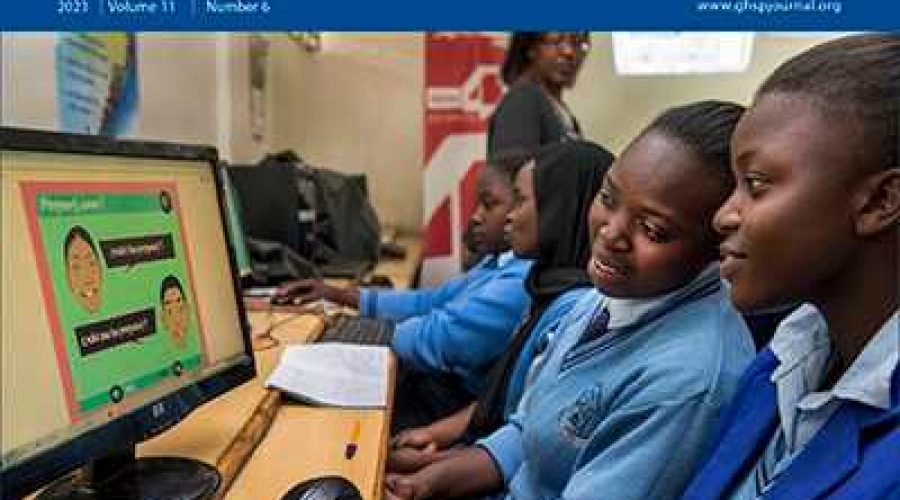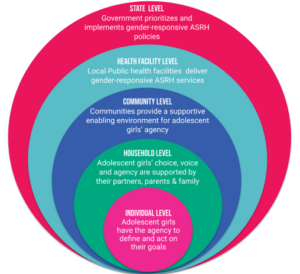By Nancy Njoki, Meghan Cutherell, Abednego Musau, David Mireri, Alex Nana-Sinkam and Mary Phillips
ABSTRACT
We present a case study describing the use of human-centered design (HCD) to determine how to adapt intervention components from an existing contraceptive uptake program for adolescent girls in 4 geographical contexts (Ethiopia, northern Nigeria, southern Nigeria, and Tanzania) for use in Kenya. First, we prioritized existing intervention components to be tested in Kenya using sacrificial concepts. Through these concepts, we identified key insights and behavioral archetypes from which to build higher-fidelity prototypes, leveraging existing program knowledge and resources while responding to unique opportunities for Kenyan adolescent girls. After 2 rounds of prototyping, we launched a high-fidelity intervention designed to improve contraceptive uptake among girls.
We used program experience to identify strategies for improvement during early implementation. The resulting model, Binti Shupavu, is designed to tap into girls’ aspirations and connect them with contraceptive use, build their trust in the health system, and work with influencers to build support for adolescent contraceptive use, following the global user journey. In the first year of implementation (January–December 2022), the intervention was scaled from 90 facilities to 360 facilities and reached 60,111 adolescent girls aged 10–19 years. Of these, 21,698 were new voluntary contraceptive users (36%) and an additional 3,873 (19%) were continuing users.
Our design process suggests that HCD is a promising tool for navigating replication. The emphasis on users’ perspectives, testing to learn, and collaboration facilitated a deep understanding of the new user population, thus guiding program designers to balance using existing components with developing new ones based on the population’s unique needs. Finally, HCD has potential to support the localization agenda if design teams are supported by national, regional, and global experts to be aware of and use the evidence and implementation experience from earlier work.
Source : Global Health : Science and Practice




